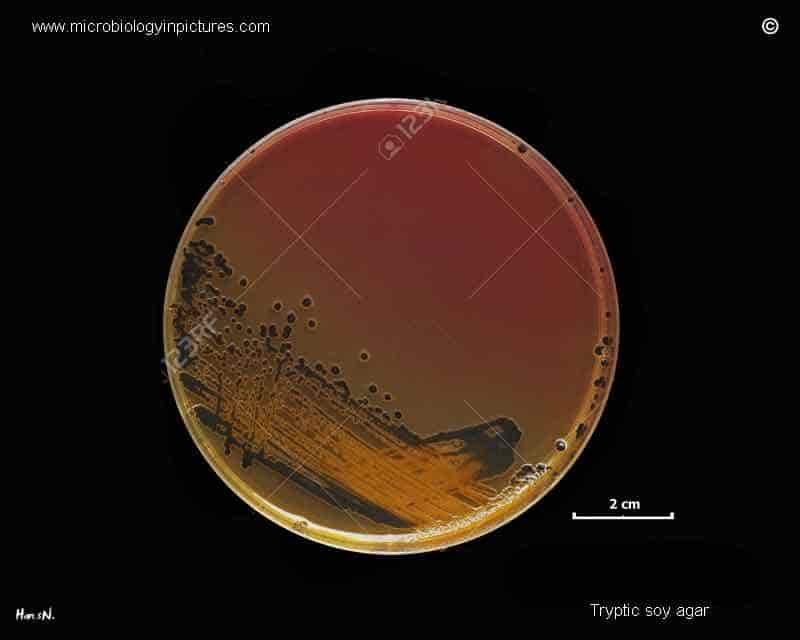What It Is
Salmonellosis is an infection with a bacteria called Salmonella, Salmonella live in the intestinal tracts of animals, including birds. We have found Salmonella in 1 in 100 samples of Kava that are brought to us, and about 0 in every 100 samples of Kratom (Mitragyna speciosa) that are sent to us.
How It Contaminates
Salmonella are usually transmitted to humans by eating foods contaminated with animal feces. In developing countries, there is often a poor separation of drinking water and sewage. Drinking contaminated water is one way that E. Coli can be transmitted, but that’s just a fraction of the ways it can spread. Runoff after rains into groundwater, into lakes, rivers or oceans is a large contributor. If plants are watered with contaminated water, the plant itself can absorb the Salmonella, especially in the roots. Plants that have their roots used (such as Kava Kava) are particularly vulnerable. Even vegetables washed in contaminated water can harbor Salmonella.
Dangers
Every year, approximately 40,000 cases of salmonellosis are reported in the United States. Because many milder cases are not diagnosed or reported, the actual number of infections may be thirty or more times greater. Approximately 1200 cases of salmonellosis are reported each year in California. Symptoms of salmonellosis include diarrhea, stomach cramps, abdominal pain, and fever. Sometimes people infected with Salmonella have no symptoms at all. Symptoms usually begin 12 to 72 hours after being exposed to the bacteria. The symptoms usually last for 4 to 7 days. Treatment for salmonellosis may be available from your health care provider. People with mild symptoms usually recover on their own without treatment.
Preventing Salmonella Basics
- Do not eat raw or undercooked eggs, poultry, or meat.
- Use pasteurized eggs to prepare foods that don’t require cooking, such as Frosting
- Prevent cross-contamination by washing hands before and after handling any foods.
- Prevent cross-contamination in kitchen by cleaning cutting boards, countertops, knives, utensils, and other surfaces.
- Separate raw meats, poultry, and seafood from vegetables and cooked foods.
- Wash and/or peel fruits and vegetables before eating them.
- Wash your hands with warm, soapy water for 20 seconds:
- After using the bathroom
- After changing diapers
- After touching animals
- Before eating
- Before preparing food
- Wash your hands more often when someone in your household is sick.
- Avoid preparing food for others while you have symptoms.
FURTHER INFORMATION: Salmonella Information Page

